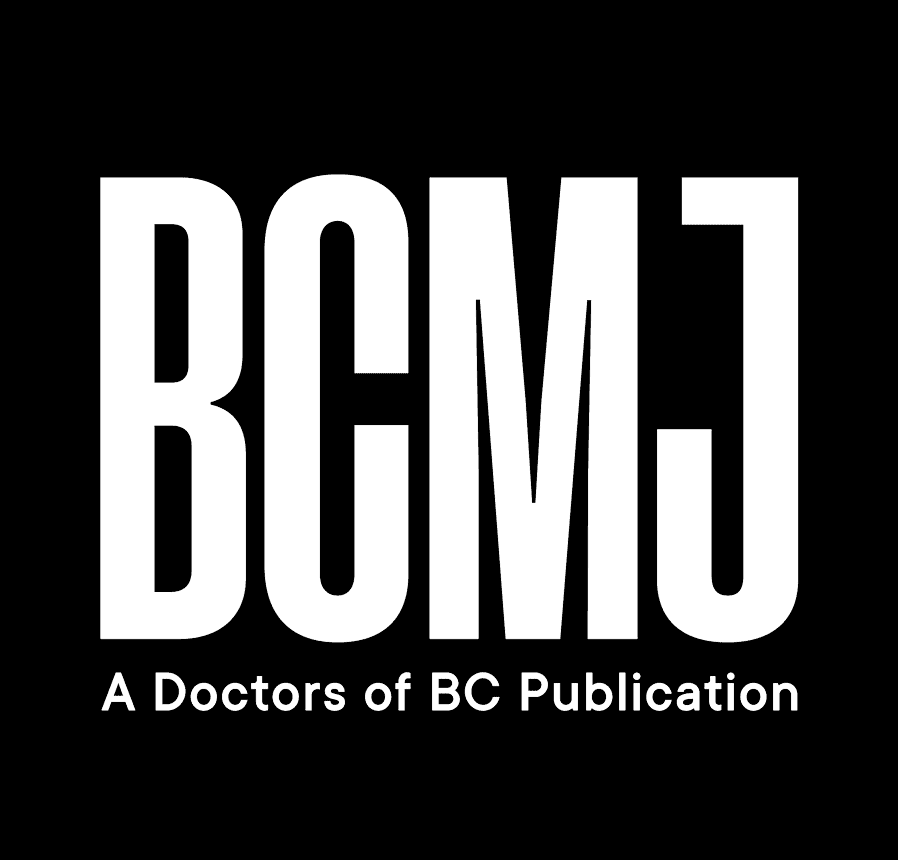Death by typographical error?
Our work as physicians has many challenges, and I’m sure we all have lists of pet peeves related to it. The administrative burden and long work hours would probably be near the top of the list, followed closely by poor work–life balance, difficult patient encounters, and difficult patients.
The administrative burden is something that requires system change, and I will not attempt to solve that on this page. I once used long work hours to avoid going home, but I don’t need to do that anymore. I devoted a previous editorial to this topic [BCMJ 2023;65:278,287]. A healthy work–life balance is still a work in progress for me and probably will be for the foreseeable future.
Difficult patient encounters may be influenced by both patient and physician factors. I am guilty of often running behind schedule. Many patients understand that one or more patients ahead of them required more of my time than was budgeted for, but some patients, in their impatience, forget too quickly that they once benefited from my extra time, care, and attention. They will often express anger toward my staff but be very pleasant toward me. We have instituted a zero-tolerance policy for this type of behavior. When my staff bring this to my attention, I will offer the patient a chance to apologize to my staff or face being fired from my practice. I would rather lose one patient than one member of our amazing office staff.
We all have difficult patients. They come in all shapes and sizes. Some may be manipulative, dependent, lonely, or too embarrassed or afraid to ask the question most important to them. All these challenges have been increasing over many years but seem considerably worse in the last few years.
Since the pandemic, patients seem to be more anxious about their health. There seems to be a higher level of somatization in general, with patients presenting with a long list of vague and unrelated symptoms. This leads to longer consultations, more ordering of tests, and more referrals to specialists. Although the public still has a high level of trust in physicians, according to the Canadian Medical Association 2025 health and media annual tracking survey, they are also very likely to be exposed to health misinformation.[1]
Before a patient comes to see us, they have often researched their symptoms online, including on various social media sites. The veracity of their information seems less important to them. Several factors are in play here. Many patients do not have a family physician, and those who do will often wait weeks to get in to see them. It is becoming more arduous, time-consuming, and frustrating to counteract their health misinformation. I love the saying “Please do not confuse your Google search with my medical degree.” Unfortunately, many patients put more stock in their online search than their physician’s knowledge and experience.
Between their online search and getting in to see their physician, patients will often have been influenced by misinformation. They have often made a diagnosis and started some form of treatment, which may not be in their best interest and may be opposite to the treatment they require. I am concerned that, sooner or later, someone will die because they mixed up medical terms in their online search. They may confuse hypertension with hypotension, hyperthyroid with hypothyroid, melasma with melanoma, colposcopy with colonoscopy, or exacerbation with exasperation. In completing their certification of death form, I may have to enter a cause of death of “Death by typographical error.”
—David B. Chapman, MBChB
hidden
 |
| This work is licensed under a Creative Commons Attribution-NonCommercial-NoDerivatives 4.0 International License. |
References
1. Canadian Medical Association. Canadian Medical Association 2025 health and media annual tracking survey. 2nd edition. Accessed 28 January 2025. https://digitallibrary.cma.ca/link/digitallibrary761.
